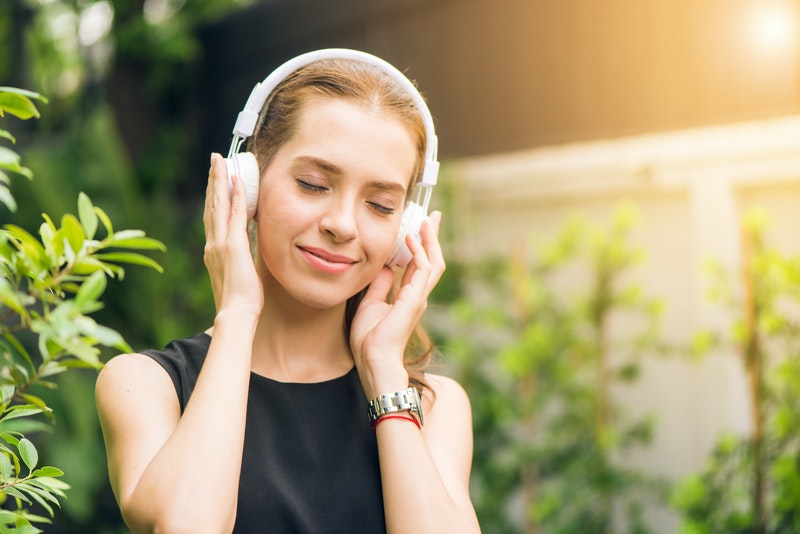

If Children are Talking About Death, How Can Parents Best Support Them?
by Counseling and Wellness Center of PittsburghJanuary 6, 2022 anxiety in children, Child Anxiety, child counseling, child psychologist, child therapy, children mental health, death, health anxiety, pandemic, parenting, Parenting and Families0 comments
In the last two years there has been a noticeable increase of school age children spending a lot of their time discussing and playing out themes of death. This can be very concerning to parents as they want to shield their children from anything that is scary and death is a heavy concept, even for adults.
With the pandemic, death has been a constant topic on the news, media, and at the dinner...Learn More
How to Cope with Family Estrangement During the Holidays
by Counseling and Wellness Center of PittsburghNovember 24, 2021 anticipatory grief, anxiety, boundaries, cell phone anxiety, coping skills, depression, digital detox, family estrangement, family loss, holiday traditions, holidays, holidays stress reduction, personal growth, rituals for self care, self care, Unhealthy relationships, validation, yoga0 comments
Holidays are steeped in traditions that are centered around the family and there is a hallmark sentiment that everyone is rejoicing in love with their near and dear during this most festive time of the year. The truth looks a bit different though. Family conflict, tension and even estrangement are more common than you may think. One study found more than 40% of participants had...Learn More
10 Natural and Sustainable Ways to Manage Anxiety that Aren’t Meditation or Exercise!
by Counseling and Wellness Center of PittsburghApril 30, 2021 anxiety, Anxiety and Stress, anxiety therapy pittsburgh0 comments
Anxiety management in a healthy sustainable way!
Here is the ultimate listicle of healthy ways to reduce and manage anxiety symptoms beyond meditation and exercise because while both of those do work, they might not be in everyone’s tool bag. Here are 10 simple and effective therapist verified ways to help.
Blow bubbles! This works two ways, one who can be anxious when they are...Learn More5 Ways to Soothe Anxiety in your Child
by Counseling and Wellness Center of PittsburghOctober 1, 2019 anxiety in children, child counseling, child psychologist0 comments
5 Ways to Soothe Anxiety in your Child
Ways to Soothe Anxiety in your Child
Whether your child is anxious or even has a diagnosis of generalized anxiety disorder, you have probably tried everything that you can think of to help them manage their emotions. Your daughter stays up all night worrying about show and tell tomorrow in school, she cries and repeats, ‘I know I am going to mess up, I...Learn MoreAnxiety and Depression During Pregnancy, ‘Wellness for People Like Me.’
by Counseling and Wellness Center of PittsburghJuly 16, 2018 anxiety during pregnancy, depression in pregnancy, postpartum, stress pregnancy0 comments
Anxiety and Depression During Pregnancy, ‘Wellness For People Like Me.’
Depression and Anxiety in Pregnancy
Writer, blogger, and art therapy graduate Angela Grace Wilt shares some of her experiences in recovering positive coping and mental health including ways to manage anxiety and depression during pregnancy. This is a part of the ‘People Like Me’ Series of our wellness blog,...Learn MoreThe Dangerous Addiction that you use Everyday, Hint-It is not a drug!
by Counseling and Wellness Center of PittsburghMay 10, 2018 addiction, anxiety, cell phone addiction, cell phone anxiety, counseling for addiction, help for cell phone addiction, social media addiction, therapy for addiction, video gaming addiction0 comments
Cell Phones are addictive according research and causing us extreme stress and anxiety.
The Dangerous New Addiction that you use Everyday, Hint-It is not a drug!
In a world of highly demanding home lives and work lives, where performance is prized above peace and calm, there is one object which is the focal point of so much of our attention. TO maintain peace, balance, and calm, our human...Learn More